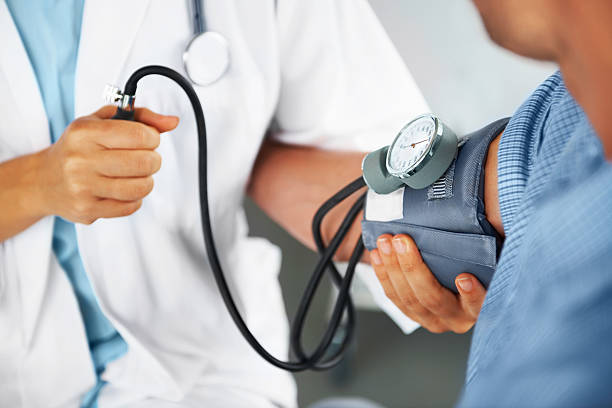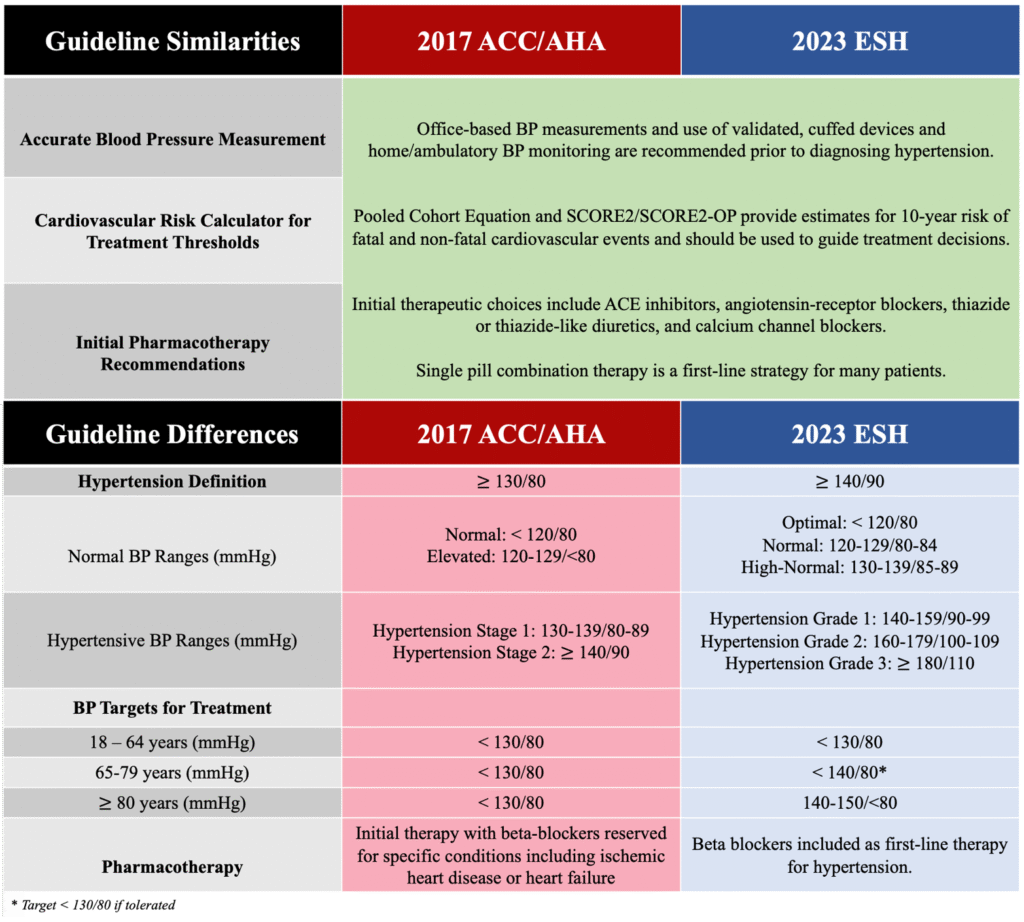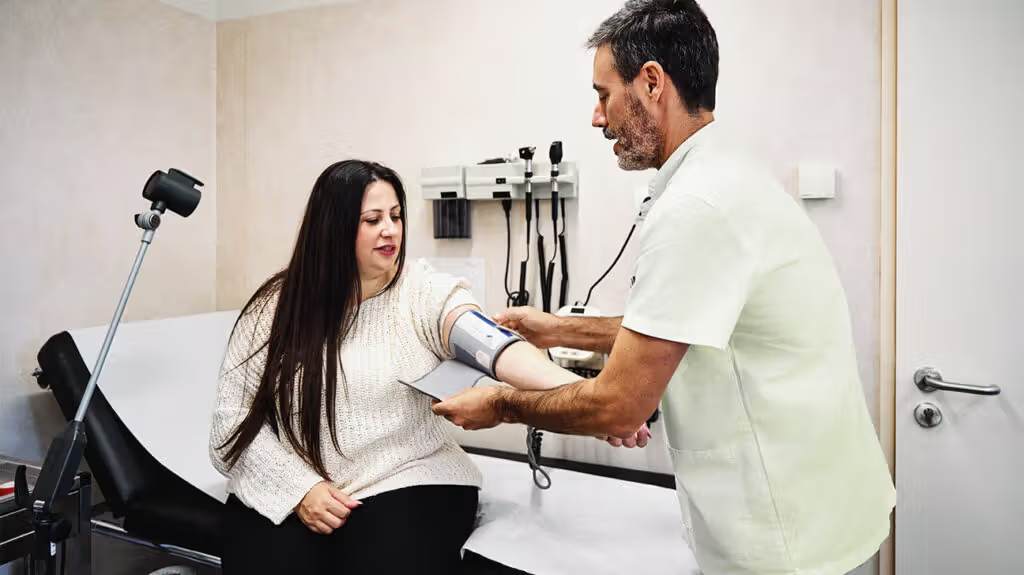
Hypertension, also known as high blood pressure, is often called the “silent killer” because it causes no symptoms for years while quietly damaging your body. Globally, more than 1.2 billion people suffer from High blood pressure, and many don’t even know it. Left uncontrolled, it can lead to heart attacks, strokes, kidney failure, and even blindness.
According to the World Health Organization, early detection and lifestyle changes can prevent most cases.
What Is Hypertension?
Hypertension is when the force of your blood against artery walls remains consistently too high.
- Normal BP: Around 120/80 mmHg
- High BP: 140/90 mmHg or above
The condition develops slowly and often without warning. Over time, this constant pressure damages your arteries, making them less elastic and increasing the risk of serious diseases.
More details on blood pressure readings are available from Mayo Clinic.
Why Hypertension Matters
Uncontrolled hypertension can cause:
- Stroke
- Heart attack
- Vision loss
- Kidney failure
- Dementia & cognitive decline
📊 Epidemiology: High blood pressure is responsible for 9.4 million deaths annually. In the US alone, 78 million adults are affected. Older adults, particularly women after menopause, have a higher risk.
Epidemiology :
Elevated blood pressure affects more than one billion individuals and causes an estimated 9.4 million deaths per year.
Blood pressure increases steadily during the first two decades of life. In children and adolescents, blood pressure is associated with growth and maturation, and blood pressure “tracks” over time in children and between adolescence and young adulthood.
In the United States, average systolic blood pressure is higher for men than for women during early adulthood, although among older individuals the age related rate of rise is steeper for women.
At the regional level, the highest age-standardized prevalence rates of HHD in 2017 were seen in North Africa and Middle East and Central Latin America per 100,000 whereas the lowest age-standardized prevalence rates were seen in Southern Sub-Saharan Africa.
In the United States, based on criteria for defining hypertension prior to 2018, ∼78 million adults have hypertension. High blood pressure prevalence is 33.5% in non-Hispanic blacks, 28.9% in non-Hispanic whites, and 20.7% in Mexican Americans. Among individuals aged ≥60 years, the prevalence is 65.4%.

Here abbreviation used are:
ACC – American College of Cardiology
AHA – American Heart Assosiation
ESH – European Society of Heart
SCORE – Systemic Coronary Risk Evaluation
SCORE-OP – SCORE Old Person
Causes of Hypertension
There are two main types:
- Primary (Essential) Hypertension – 90% of cases
- High salt intake
- Obesity
- Smoking & alcohol
- Sedentary lifestyle
- Chronic stress
- Family history
- Secondary Hypertension – 10% of cases
- Kidney disease
- Renal artery stenosis
- Hormonal disorders (like primary hyperaldosteronism)
- Obstructive sleep apnea
Symptoms – Often None!
That’s what makes High blood pressure dangerous — you might not know you have it.
Possible late-stage symptoms:
- Headaches
- Dizziness
- Blurred vision
- Nosebleeds
How to Prevent or Control Hypertension
- Eat Smart – Follow the DASH Diet:
- Fruits, vegetables, whole grains
- Low-fat dairy
- Limit salt, sugar, red meat
- Exercise Regularly – At least 30 minutes daily
- Maintain Healthy Weight – Aim for BMI < 25
- Quit Smoking – Reduces heart risk instantly
- Limit Alcohol – No more than 1 drink/day for women, 2 for men
- Manage Stress – Yoga, meditation, deep breathing
- Regular Check-ups – Every 6–12 months after age 30
Treatment Options
If lifestyle changes aren’t enough, your doctor may prescribe:
- Diuretics
- ACE inhibitors
- Beta-blockers
- Calcium channel blockers
Note: Always take medicines as prescribed — stopping suddenly can be dangerous.
Frequently Asked Questions (FAQs)
1. Can hypertension be cured?
No, but it can be controlled through lifestyle changes and medication.
2. What’s the fastest way to lower blood pressure?
Reducing salt intake, deep breathing, and physical activity can help temporarily. Always seek medical advice.
3. Can young people have High blood pressure?
Yes. Poor diet, stress, and lack of exercise can cause early hypertension.
4. How often should I check my blood pressure?
At least once every 6 months if healthy, and more often if you have risk factors.
Final Thoughts
Hypertension may be silent, but its damage is not. With regular check-ups, a healthy lifestyle, and timely treatment, you can protect your heart, brain, and overall health. Don’t wait — start controlling your blood pressure today.

Pingback: Jaundice Unveiled: The Yellow Alarm You Must Not Ignore